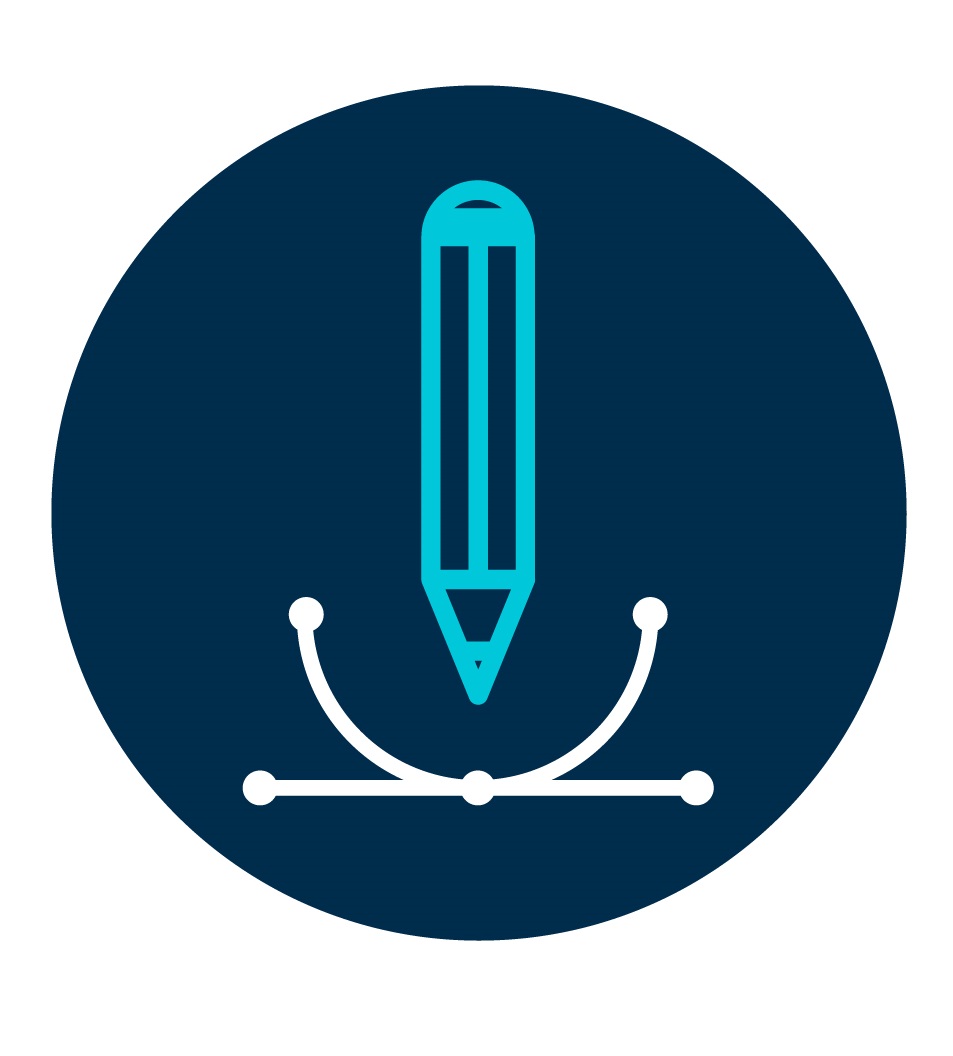It may be surprising that productivity has increased in most businesses that have moved to remote working. Employees don’t tend to slack off just because they are working from home. If anything, they are more vigilant to the expectations of productivity. They also appreciate personalising their work area, fewer distractions, and not having nosy work neighbours watching their every move.
However, it has been recognised that innovation has taken a significant hit. During uncertain times, it is well known that businesses tend to spend less money and take less risk, which can cause a slump in innovation. But this innovation deficit can also be due to the difficulty with collaboration that comes with working from home.
Leaders and employees are starting to feel the divide and distance between their teammates.
No matter how many tech fixes we try, video conferencing and instant messaging apps can’t perfectly reproduce the dynamics of working collectively in the same room. The times were people brainstorm ideas and work with each other’s energy.
Creativity and innovation are the newborn babies of collaboration.
Although this is disappointing, there are a few simple steps leaders can take to conquer this slump:
Increase Collaboration Tools
Ensure individuals have access to a range of collaboration tools. Don’t limit them to one video conferencing platform and one message app. Test out a few with the team to decide what they like and under what circumstances they want to use the tool. When people have flexibility and diversity, they can work out what is best for their communication style and personality.
Give some Guidance on Remote Working
Don’t assume that people have an inherent knowledge of how to work without guidance. When you guide people through how to collaborate while working remotely, the team becomes empowered and are more willing and able to share information.
Establish Routine Connection
Create a way of connecting with your team and keep it consistent. Consider regularly scheduled team meetings and one-on-one reviews. Do these sessions consistently and clearly indicate the expectation they will be a part of their daily work routine.
Help them maintain a keen sense of Curiosity
Encourage and support your team to ask lots of questions. Get them to challenge what is widely accepted as the standard. There is no prescribed formula that will help your team adopt a child-like curiosity. But make a conscious effort to get them to question everything. Those questions don’t always have to be directed at the team leader. They can be self-directed or for the team as a whole. Encourage your team to strike up conversations about the issues they need solutions to. This may help them to think in new ways.
Brainstorm Ideas
Get your staff to capture and organize their ideas and thoughts with an exercise. Have them brainstorm 10-100 solutions to a problem. They should not sensor their answers, no matter how whacky it may seem. Then have them present the ideas to the team. Remember – innovation comes from creativity, and creativity is about how you associate different opinions and facts. These ideas might be a piece of the puzzle to a problem that can be solved through collaboration or sparking off inspiration that will solve the problem.
Seek out New Experiences
Inspire your team members to seek out new experiences and report back on them. Have them explore different fields and merging ideas that are used in other industries to their problems to find solutions. Get them to try new activities to stimulate the mind and sense. Read new books, meet new people, find people with different ideas to similar problems that need to be solved.
Get them to Practice Mindfulness
This is a boon for your team members’ mental and physical health. But for innovation, the benefit is training the mind to focus on the present and not let it wander from thought to thought. It helps clear the mental clutter and makes us receptive to new ideas for innovations.
Foster Healthy Risk-Taking
Don’t denigrate people for making mistakes. Foster an environment where your team members are comfortable to conquer their fear and take risks. They won’t be ridiculed for making a mistake or taking a risk. Get them to see mistakes as a part of the learning process. Enquire what went wrong. How they could improve the next try. What they would do differently to get to the solution they wanted.
Let them Keep Up to Date
Encourage your team members to keep up to date with the most cutting-edge ideas in their field of interest. Encourage them to discuss these amongst each other and come up with possible solutions to the raised issues.
The challenge for team leaders is to capitalise on the trust that has increased through the recent pandemic and develop the remote workers’ ability to improve their innovation muscle. Following through on a few of these ideas will help you manage this challenge with ease.



0 Comments